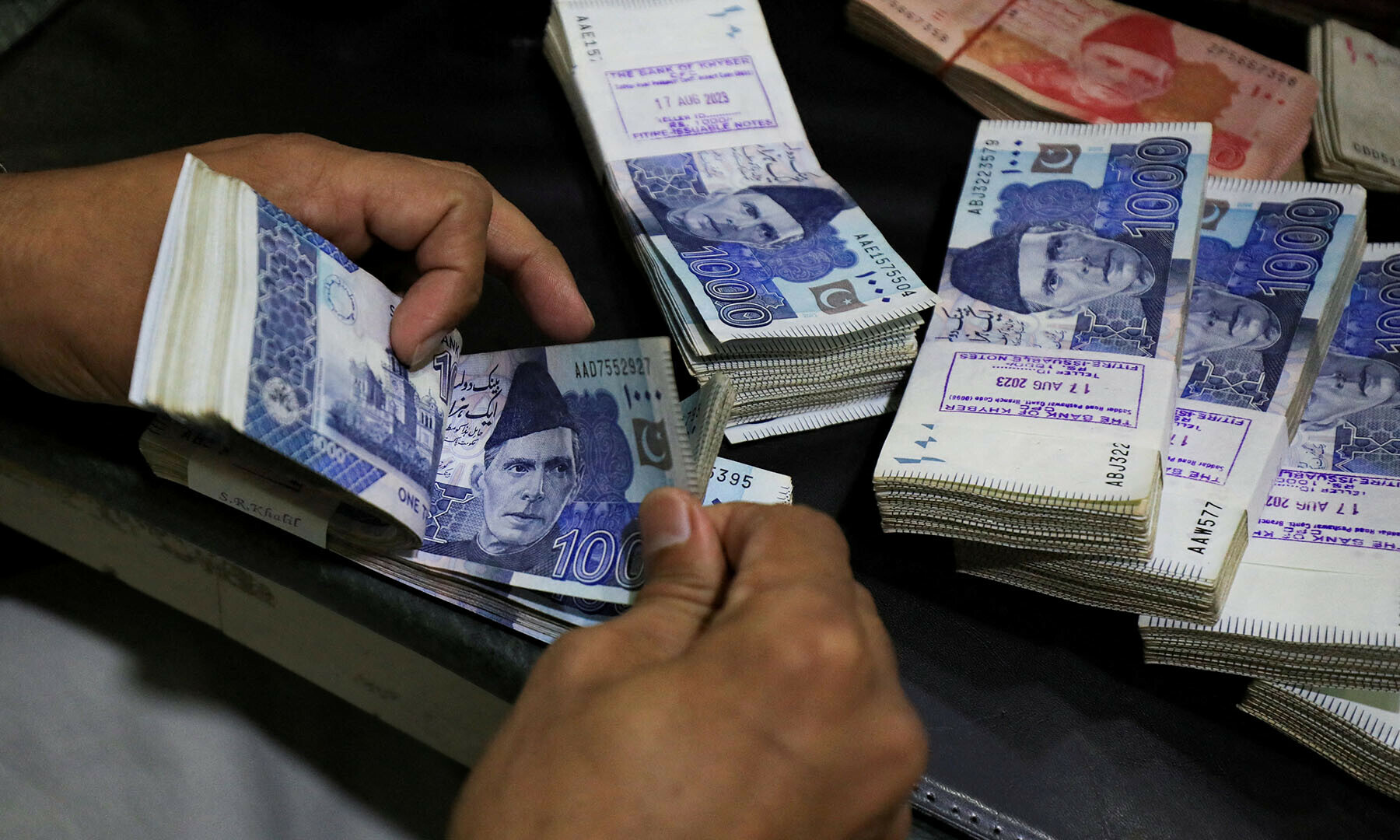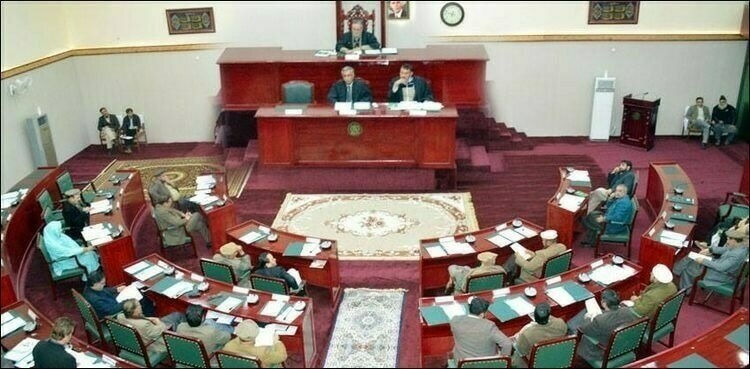Mohsin Siddiqui (Chief Reporter)
The Annual Plan Coordination Committee (APCC) has approved a federal Public Sector Development Program (PSDP) worth Rs1,221 billion for the upcoming fiscal year 2024-25. The committee has set an ambitious growth target of 3.6%, highlighting that this target is contingent on political stability, favorable exchange rates, macroeconomic stabilization under the International Monetary Fund (IMF) program, and anticipated reductions in global oil and commodity prices.
Presided over by Dr. Jahanzeb Khan, Deputy Chairman of the Planning Commission, the APCC meeting included officials from federal ministries and divisions, provincial governments, and the State Bank of Pakistan. The ministries and divisions presented a growth target of 3.6% for the next fiscal year, with sector-specific targets of 2% growth in agriculture, 4.4% in the industrial sector, and 4.1% in the services sector.
Provincial governments were requested to share their annual development plans (ADPs), including sectoral break-up data for budget estimates 2024-25. Punjab and Sindh provided their ADPs, amounting to Rs700 billion and Rs763.7 billion, respectively.
The Ministry of Planning noted that adherence to the IMF program has led to a managed primary deficit, necessitating cuts to the PSDP, which has negatively impacted development investment. The Ministry’s working papers outlined several challenges in formulating the PSDP 2024-25, including:
Liability Rollover: Rs184 billion liability rollover from 2023-24 due to a 20% cut in the PSDP size.
Thin PSDP Allocation: The thin spreading of PSDP allocation and rising throw-forward.
Economic Factors: Unprecedented rupee depreciation and price hikes in inputs.
Additional Demands: Demands for important projects exceeding initial budget ceilings.
Rupee Cover: High demand for rupee cover against Foreign Exchange Components (FEC) and Foreign Assistance (FA) components.
Provincial Projects: Rising burden of provincial projects on federal PSDP.
New Schemes: Increasing number of new schemes, particularly at the Departmental Development Working Party (DDWP) level.
CDL Deductions: At-source deduction of Cash Development Loans (CDL) against PSDP releases.
Post-Flood Rehabilitation: Needs for post-flood 2022 rehabilitation and the “5Es” initiatives.
The federal PSDP for the next fiscal year includes significant allocations across various sectors:
Infrastructure Projects: Rs877 billion, including Rs378 billion for the energy sector, Rs173 billion for transport and communication, Rs284 billion for water, and Rs42 billion for physical planning and housing.
Social Sector: Rs83 billion, with Rs17 billion for health, Rs32 billion for education (including the Higher Education Commission), and Rs34 billion for other social initiatives.
Special Areas: Rs51 billion for Azad Jammu and Kashmir (AJ&K) and Gilgit-Baltistan (GB).
Merged Districts: Rs57 billion allocated for the newly merged districts.
Science and IT: Rs104 billion dedicated to science and information technology.
Governance: Rs29 billion for governance-related projects.
Food and Agriculture: Rs14 billion allocated to food and agriculture sectors.
Industries: Rs7 billion for industrial development.
The Planning Ministry emphasized the need to prioritize core national projects, foreign-aided projects, and those with high expenditures to ensure timely completion. The formulation of the PSDP was guided by recommendations from the National Economic Council (NEC) and the Special Investment Facilitation Council (SIFC).
Pakistan’s economy faced significant challenges at the beginning of 2023-24 due to the lingering impacts of previous economic disruptions. Despite these challenges, the economy moderately recovered, achieving a growth rate of 2.4% for the year. The primary driver of this growth was the agriculture sector, which posted a robust 6.3% growth rate, fueled by bumper outputs of wheat, cotton, and rice. The industrial sector grew by 1.2%, mainly due to a slowdown in large-scale manufacturing activities.




